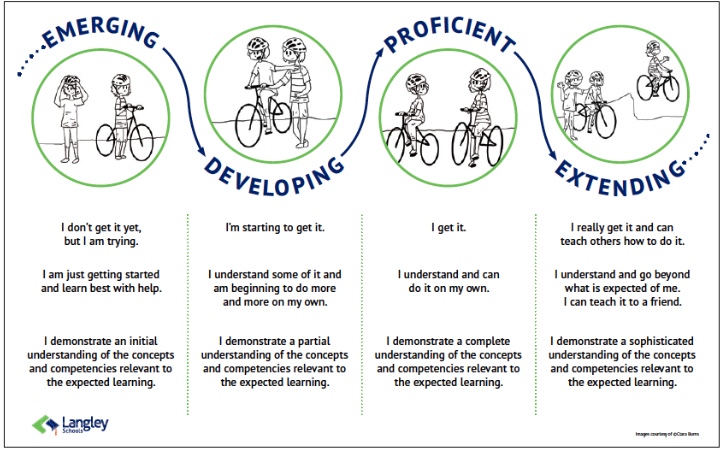https://smvotova.opened.ca/blog-post-2-design-theories-and-taxonomies
Hi Sophia, I enjoyed reading your module 2 post. I’d like to start by mentioning that I wasn’t able to embed your blog post above so I had to settle for just the link.
When reading your paragraphs on backwards learning design, I connected with what you said about your professor posting the learning objectives at the beginning of every lesson. During my teaching practicums, I would also share a slide at the beginning of every lesson with a few learning objectives and an outline for the lesson. This seemed to help students know what I was expecting of them and what they needed to focus on to be successful. I was also able to refer to these learning objectives throughout the lesson to make sure students were on task.
I also loved your honest reflection about studying just to pass, but how you are working on improving through constant inquiry. In a previous education course, I was required to read a chapter from ‘Volume 229: Motivation: Theory, Neurobiology and Applications‘ (edited by Bettina Studer and Stefan Knecht) that was part of the book series ‘Progress in Brain Research.’ ‘Chapter 11 – Intrinsic motivation, curiosity, and learning: Theory and applications in educational technologies,’ by P.Y. Oudeyer, J. Gottlieb, and M. Lopes, was on how curiosity and learning are related. I would encourage you to read it, but to summarize, curiosity is proven to enhance motivation, learning, and memory retention. This also reminds me of the discussion in my art class last night, where we were talking a lot about how curiosity keeps life exciting and keeps people young.

During your explanation of SOLO vs. Bloom’s Taxonomy and how they are similar and different, you mentioned that you personally find the SOLO taxonomy to be more relatable to your steps of mastering a subject. I’m wondering if you still see the benefits of Bloom’s Taxonomy and the incorporation of the different levels to obtain a rounded understanding of a topic or subject? You also mention in your table that SOLO Taxonomy can be used by both educators and students. The image you shared by Tamaki College with the “I can” statements reminds me a lot of how we structure the BC proficiency scale for student use. When you say that SOLO Taxonomy can be used by students, do you mean that it can be used for self-assessment? Do you use this method to assess yourself?
As for the rubric, you did a really good job including everything in your post. Could you check the rubric about a featured image to be sure you included it? I think some blog layouts don’t allow for this, but I thought I’d check! Overall, this was a really insightful post. Thank you for sharing!
References
Merkell. (2021, November 21). Proficiency-Scale [Blog post]. Retrieved from https://sd41blogs.ca/merkell/proficiency-scale/
Oudeyer, P.Y., Gottlieb, J., Lopes, M. (2016). Chapter 11 – Intrinsic motivation, curiosity, and learning: Theory and applications in educational technologies. In B. Studer & S. Knecht (Ed.), Motivation: Theory, Neurobiology and Applications (vol. 229, pp. 257-284). Science Direct. https://www.sciencedirect.com/science/article/abs/pii/S0079612316300589
Leave a Reply
You must be logged in to post a comment.